Please add image or text logo

Here is our monthly round-up of news, tips and ideas to make the most of your garden this summer!
Summer is in full swing this month, with vibrant blooms, ripening crops, and the promise of long sunny days – the perfect time to sit back, relax and enjoy your garden at the height of it’s beauty.
Of course, there is still plenty to do in July to keep your garden looking its best!
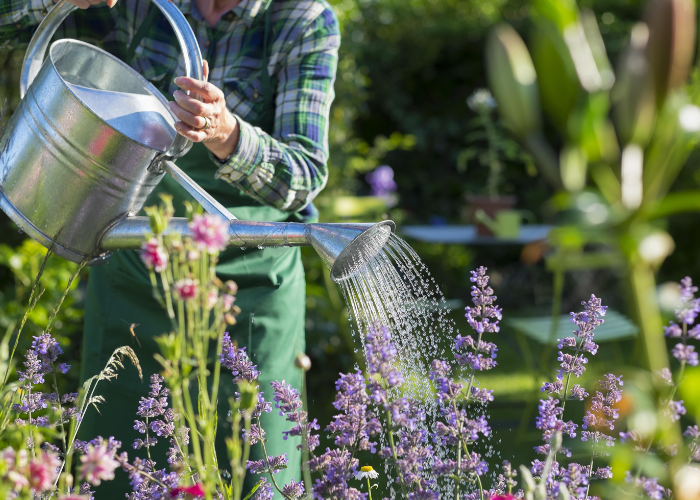
Keep your garden looking and performing its best with these important tasks:
• Plant autumn-flowering bulbs – While still dormant, plant autumn-flowering bulbs such as nerines, sternbergia, colchicums and the autumn crocus – for a beautiful display later this year.
• Water thirsty crops – Support the growth of your leafy crops, such as tomatoes, peas, beans and celery, and some fruits, such as pumpkins, squash and cucumbers, by watering regularly.
• Pots and planters – Pay attention to container plants and hanging baskets, as they may dry out faster.
• Plant out runner beans – If you have runner beans in pots or trays, now is the time to plant them out. Be sure to water well and pinch out the tops when they outgrow their supports.
• Harvest root vegetables as you need them – Most root vegetables will stay fresh when they are left in the ground, so only harvest as and when needed.
• Keep composting – Summer is a great time for composting, so keep adding kitchen waste and grass cuttings. Prevent the decomposition process from slowing down by keeping your compost bin moist during dry spells.
• Trim lavender – Use shears to keep your lavender in shape, cutting off old flowers and most of this year’s growth.
• Keep an eye out for aphids – Aphids can quickly become a problem in greenhouses when the temperature increases, sucking sap from plants which impacts their growth and can lead to disease. These can be tackled with organic insecticides.
• Plant out tomatoes – Tomatoes hate temperature fluctuations, so July often proves to be the best time to plant them outside. Once in the ground, they will grow rapidly and will need regularly tying to supports.
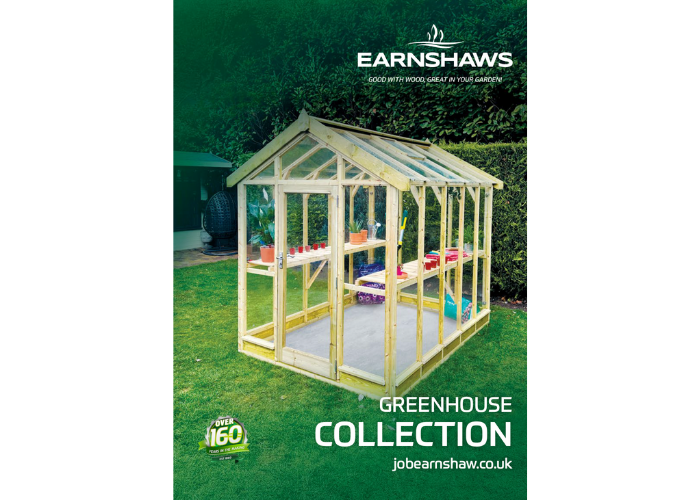
Our versatile range of beautiful, hand crafted, modern greenhouses are tailored to your individual requirements and installed by experts!
We have a range of colours, sizes and styles for you to choose from – so you can find the ideal greenhouse to suit your garden.
Download our brand-new brochure here.
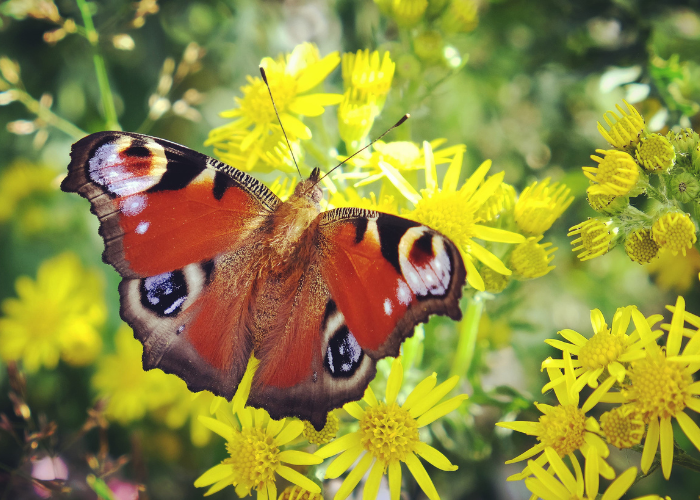
The Big Butterfly Count 2025 will be taking place from Friday 18th of July to Sunday 10th of August.
Following the lowest numbers on record from last year’s Big Butterfly Count, Butterfly Conservation have declared a butterfly emergency. Participation in the count is more important than ever – help gauge the pulse of nature this month by taking part in this remarkable UK-wide survey. Simply count the number and variety of butterflies (and some day-flying moths) that you spot.
The results will contribute to the national butterfly database – aiding conservation efforts and informing the policies that aim to protect these delicate and beautiful insects.
Help shape the future of our environment!
Discover more here.
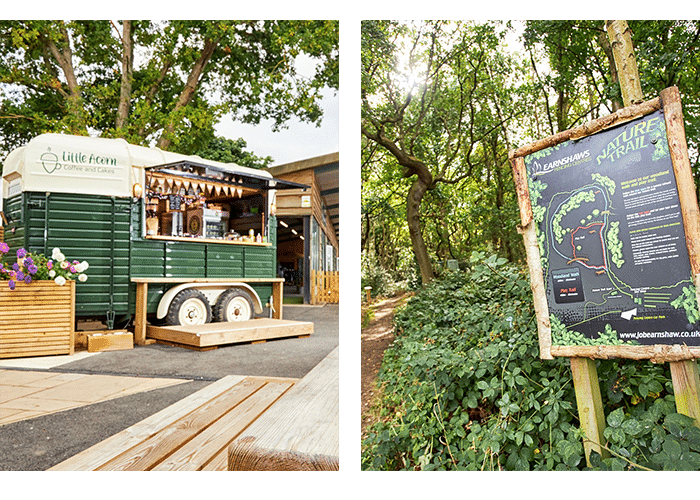
As well as catering for all your gardening needs, our Midgley Centre is home to the Little Acorn coffee stop and two fascinating woodland walks – the ideal destination for the whole family to enjoy over the summer holidays!
The Little Acorn, our vintage horse box turned cafe, serves a variety of hot and cold food and drink daily, including locally-made Yummy Yorkshire Ice Cream.
We also have two popular nature trails of differing lengths for children to explore, with historical facts about the area dotted throughout – follow the nature trail in search of magical fairies, designed by local artist Lanson Moore.
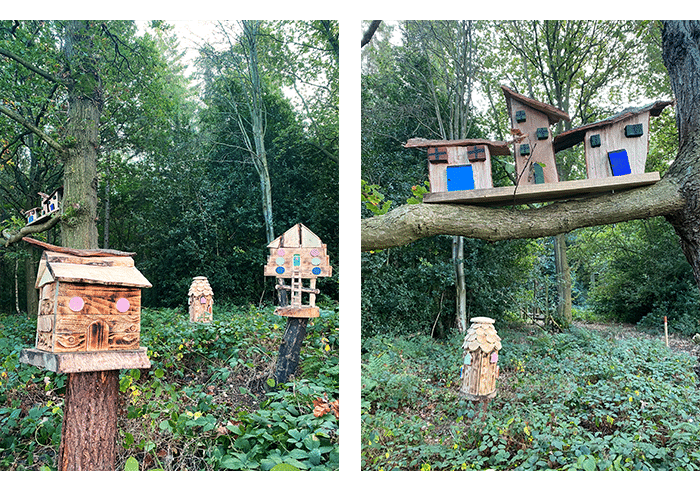
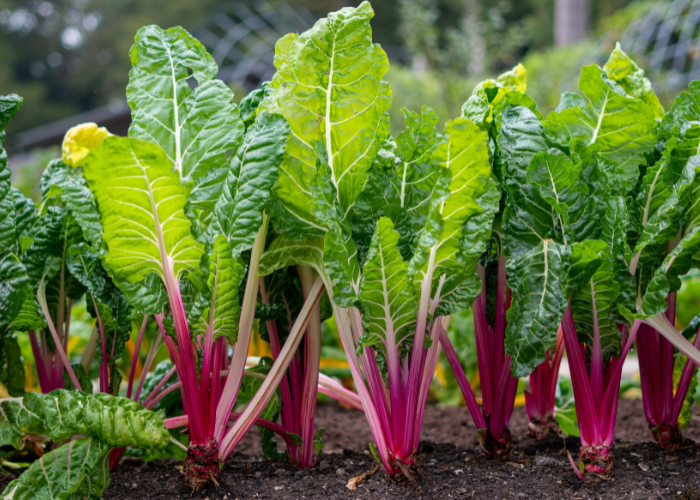
• Beetroot – Sow the seeds outdoors in 1cm-deep drills, ideally in light soil that is free of large stones. Most globe types of beetroot are ready to sow in 8-10 weeks. If in doubt, it is better to harvest beetroot too early rather than too late.
• Kohlrabi – Sow little and often from February to August for a constant supply. Harvest kohlrabi when it is young and between a golf ball and tennis ball size, to avoid losing flavour and tenderness.
• Mangetout peas – Sow directly into soil outdoors and, as the plants grow, support them with a strong wigwam structure covered in netting for them to climb up. Harvest the pods regularly, while they are young and not stringy.
• Swiss chard – Pick a sunny area and plant the seeds into shallow drills at any time from March to September. Cover with soil and water well. After 10-12 weeks, fully formed leaves with be ready to harvest, but young leaves are also delicious and can be picked as and when needed. Cutting individual leaves as needed means the plant will keep producing new growth.
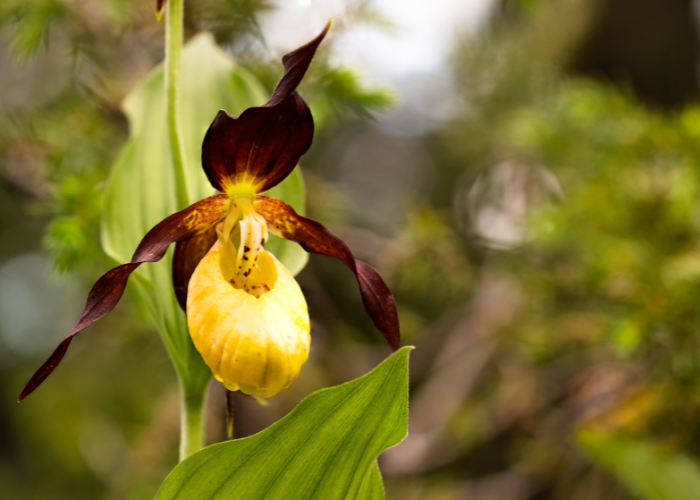
After nearly a century without new sightings in the wild, the rare and striking lady’s-slipper orchid has officially reappeared in the UK, marking a major milestone in a decades-long conservation effort.
A single surviving wild orchid, discovered in 1930, had been fiercely protected – but now, for the first time, a new seedling has emerged at a reintroduction site.
The appearance of a naturally regenerating seedling marks a turning point for conservation efforts, proving that even the most threatened species can be brought back from the brink of extinction!
Read more here.
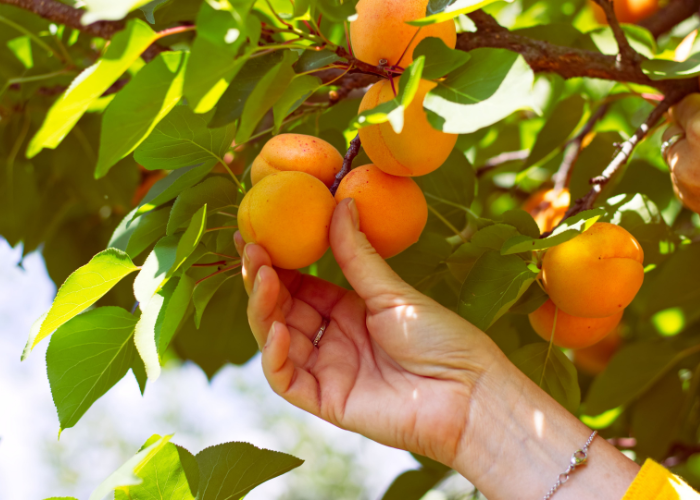
• Apricots – Harvest apricots in late July, picking them from the tree by hand – the fruit bruises easily so be sure to handle carefully.
• Shallots – When their foliage starts to turn yellow and flop over, the first shallots of the season will be ready to harvest.
• Cherries – July is the perfect month for harvesting cherries. Harvest cherries with the stems still attached, either by hand or with a pair of secateurs – unless you plan on using your cherries right away, in which case the stems can be left on the tree.
• Tomatoes – Seeds sown in March and April should be ready to harvest in July. Ideally, tomatoes should be harvested when fully ripe, although they can be harvested when they are still green.
• Courgettes – Courgettes are best harvested when small. Use a knife to cut them off at the base, or sharply twist the stalk.
• Runner Beans – July is the best time to harvest runner beans. Pick the beans every two or three days to prevent them from becoming stringy. Your plant will produce more pods the more you pick.
• Blueberries – The longer these berries are left on the bush, the sweeter they become. To harvest, use your thumb to gently roll the berries off the stem.
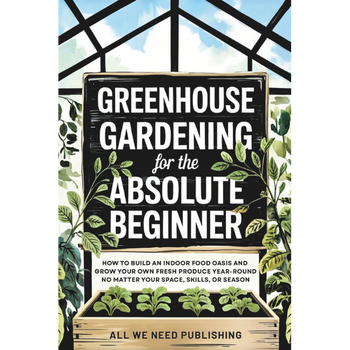
Greenhouse Gardening for the Absolute Beginner by Jaden Rivers
Whether you’ve been gardening for a while, or the only thing you’ve successfully grown is mould in your refrigerator, Greenhouse Gardening for the Absolute Beginner is your ultimate no-fuss, step-by-step roadmap to creating a thriving year-round garden.
Available from Amazon here.
“If I had my way, I’d remove January from the calendar altogether and have an extra July instead.”
– Roald Dahl